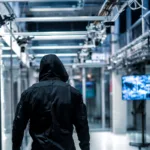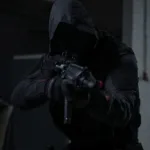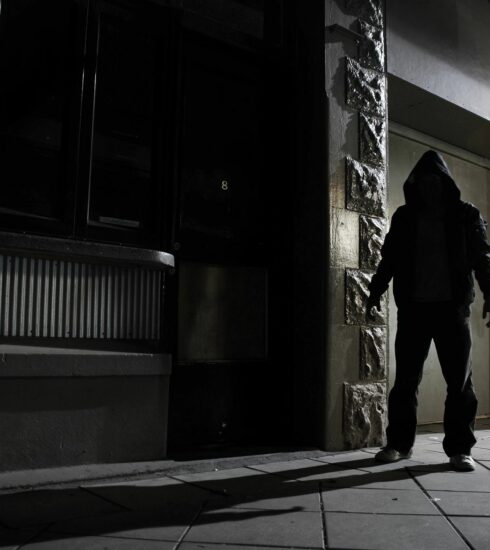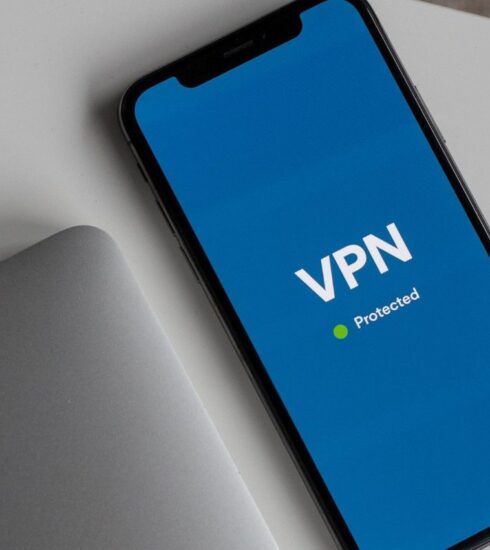Layered Verbal Encoding: Two-Tier Conversational Camouflage
The skill of speaking in two simultaneous messages. One innocuous for anyone listening, and one covert for your intended contact. To openly communicate critical intel safely.
In the field, you’re rarely handed a clean moment to pass intel or coordinate quietly. Surveillance is a constant, sometimes obvious, sometimes not – you can never be sure. That’s why you don’t just say what you mean. You speak in layers.
This is how spies talk in the open, with Layered Verbal Encoding, also known as Two-Tier Conversational Camouflage. It’s exactly what it sounds like: carrying two messages in one sentence. One for everyone to hear, the other meant only for those trained to pick it apart.
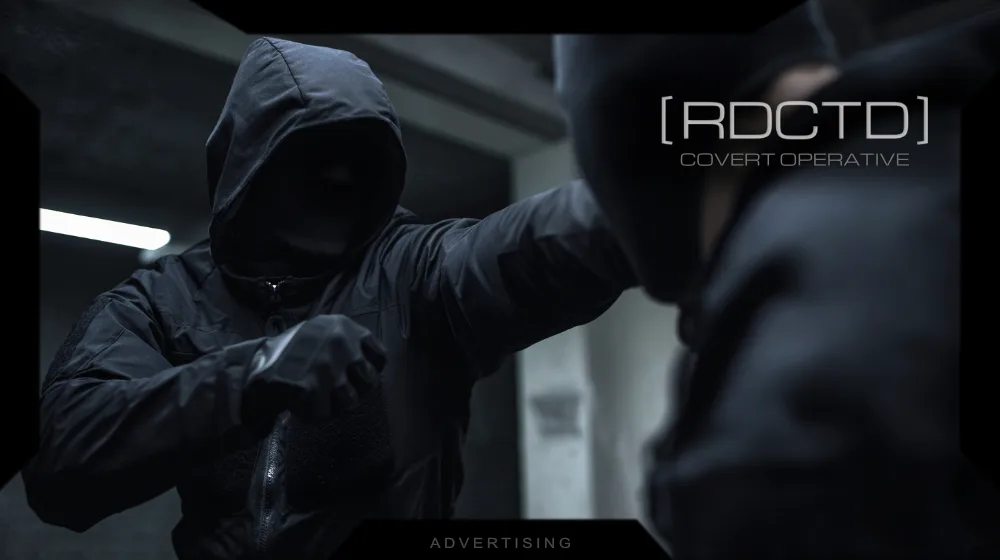
What is Two-Tier Conversational Camouflage?
This technique is a cornerstone of verbal tradecraft. It’s used when you need to relay sensitive information, verify identity, or signal intent without ever breaking stride or drawing attention. It’s how you keep a conversation looking casual to outsiders while embedding meaning for the person who knows what to listen for. It’s small talk while you’re transmitting.
You’re running a conversation on two tracks:
Top Layer
Harmless, casual, often innocuous. This is what anyone nearby hears and believes. It might sound like friendly banter, tourist curiosity, or idle chit-chat about the weather. It’s designed to be forgettable, because attention is the enemy. The language is intentionally vague or generic, giving no reason for outsiders to dig deeper. It acts as the protective shell, letting the real message ride safely beneath the surface without raising suspicion.
Lower Layer
Encoded message, embedded cues, or a covert signal. This is where the real meaning lives – phrases prearranged in a briefing, details that point to a location, time, or intent. The recipient needs training or prior knowledge to extract it, or it slips right by. It can include deliberate word choices, timing cues, or cultural references only meaningful to the intended party. This layer is razor-sharp – if delivered wrong, it’s either missed or worse, exposed.
The power of this method lies in its invisibility. Instead of using a cipher or codebook in the open, you’re using tone, timing, and context to slide your message under the radar. Nobody but the intended party will even realize a message was passed, even if everyone hears it.
When Do You Use it?
You don’t wait for the ideal moment, you build it into your rhythm. Layered verbal encoding is a living part of your communication, especially in environments where you’re exposed: crowded streets, restaurants, checkpoints, or any place you’ve got eyes or ears on you.
It’s not a one-off trick, it’s a communicational mindset. If you’re operating in denied territory, under surveillance, or dealing with unreliable assets, you must assume that every word is being logged or analyzed. That’s when layered speech becomes your best armor.
You use it during surveillance detection runs (SDR), when confirming contact identity, during handoffs, even in exit planning.
For example, if you’re being followed and need to shift to an emergency exfil route, you don’t say it directly – you wrap it inside a joke, a question, or a complaint. If you’re under audio surveillance in a safehouse, you don’t discuss the drop – you reference the “game” you’re planning later.
It’s subtle, fluid, and gives you the tactical edge to communicate freely without tipping your hand.
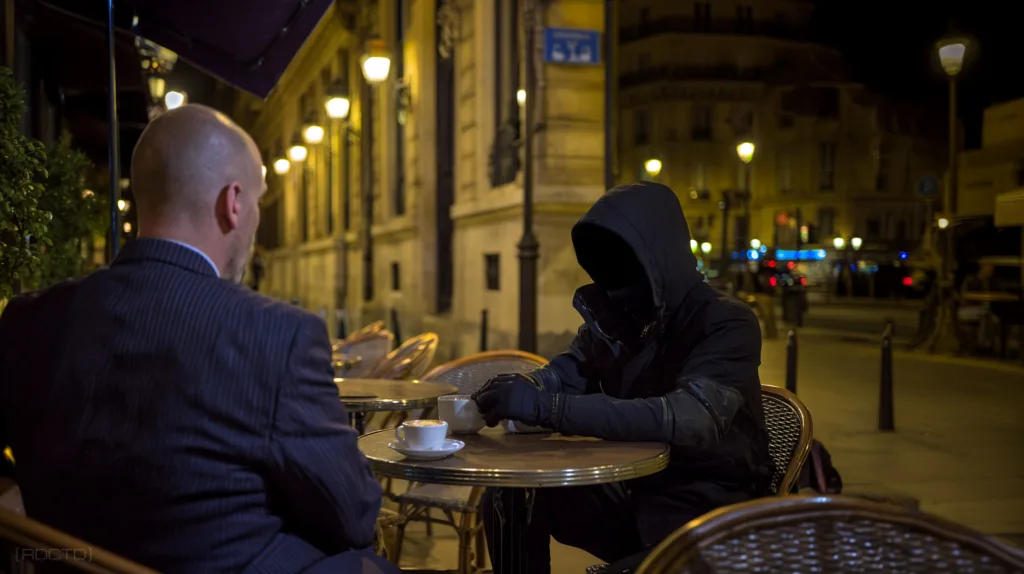
Examples of Layered Verbal Encoding
The following are a few field-proven examples. Each one’s a real-world scenario where tradecraft made the difference between getting made and walking clean.
Mission Location Masked as Small Talk
“The grilled fish at that place on Palm Street? Still the best thing in town.”
Top Layer: Talking about food – safe, friendly, forgettable.
Lower Layer: “Palm Street” signals the location of a dead drop or rendezvous. “Grilled fish” might be a code for the time window or the type of package.
If you’ve briefed your contact beforehand, they’ll know exactly what dish you’re ordering and what it actually means.
Escape Route Hidden in Humor
“We keep walking like this, we’ll get lost and end up back at the hotel with no drinks.”
Top Layer: A joke. Light, almost meaningless banter.
Lower Layer: You’re mapping a fallback route. “Back at the hotel” signals regroup point. “No drinks” = no contact, abort plan.
If you say it with the right tone, even your surveillance won’t tag it. But your partner will shift their focus to the new route, just like you need them to.
Compliment With a Checkpoint
“Nice jacket, looks just like the one you wore in Prague.”
Top Layer: Casual compliment with a memory attached.
Lower Layer: Confirming identity. The real contact knows they wore that jacket during the Prague job. Anyone else will hesitate or bluff.
Operatives use these micro-checks constantly. You don’t ask “Are you my contact?” like an amateur. You encode the question inside a compliment, a joke, a throwaway story.
Tactics and Strategies
Keep It Natural – If it feels scripted, it’ll sound scripted. Blend the message into normal conversation.
Pre-Agree on Code Structure – You and your contact should agree ahead of time what phrases or symbols will carry meaning.
Know When to Drop It – If surveillance is too tight or the contact looks uncertain, sometimes it’s safer to abort and fall back on non-verbal comms. Don’t force the layer if it risks compromise.
Read the Environment – If you’re in a quiet café, maybe fewer words say more. If you’re in a crowded market, more noise buys you more space.
Use Local Context – Pull in local references like landmarks, slang, or current events to mask your message inside something familiar to the area but foreign to outsiders.
Stay Emotionally Consistent – If your tone or body language doesn’t match the top-layer message, you’ll raise suspicion fast. Match your delivery to your cover story.
Vary Your Encoding – Don’t overuse one format. The moment patterns emerge, anyone listening long enough can break it.
Limit Repetition – If you repeat code phrases or structures too often, you create a pattern analysts can pick apart. Keep your signals fresh and rotating.
Use Call-and-Response Techniques – Some verbal layers work best with a coded reply. It allows confirmation without either party saying anything overt.
Practice Under Pressure – This isn’t something you improvise well when the adrenaline kicks in. You’ve got to rehearse, drill, and adapt it until speaking in layers is second nature.
The Risk if You Don’t Use it
Skip layered encoding and you’re handing your operation over to anyone within earshot. Every word you speak lands exactly as it sounds – clean, obvious, and wide open to interception. If surveillance is running audio, your plain speech gives them a transcript.
If locals are listening for foreign accents or keywords, you just lit yourself up. It’s not just about protecting yourself but also shielding your contact, your route, and the larger network behind you.
Without conversational camouflage, you’re gambling with the mission. A simple phrase spoken too plainly can expose a dead drop location, confirm your identity to the wrong person, or trigger surveillance to tighten around you.
Layered speech is deceptive and defensive. It’s the silent perimeter around your operation, and if you’re not using it, you’re walking naked into a compromised zone.
This tradecraft is more than just clever wordplay, it’s a critical shield when you’re operating in the open. It lets you pass intel, confirm identities, and adapt under pressure without ever drawing heat. Master it, and you’ll speak freely in places where silence could get you killed.
[INTEL : Clandestine Communication Methods]
[OPTICS : Paris, France]


